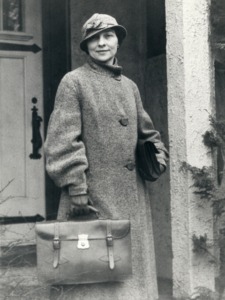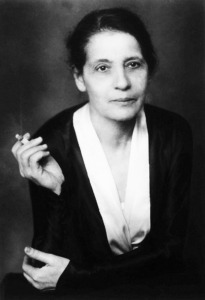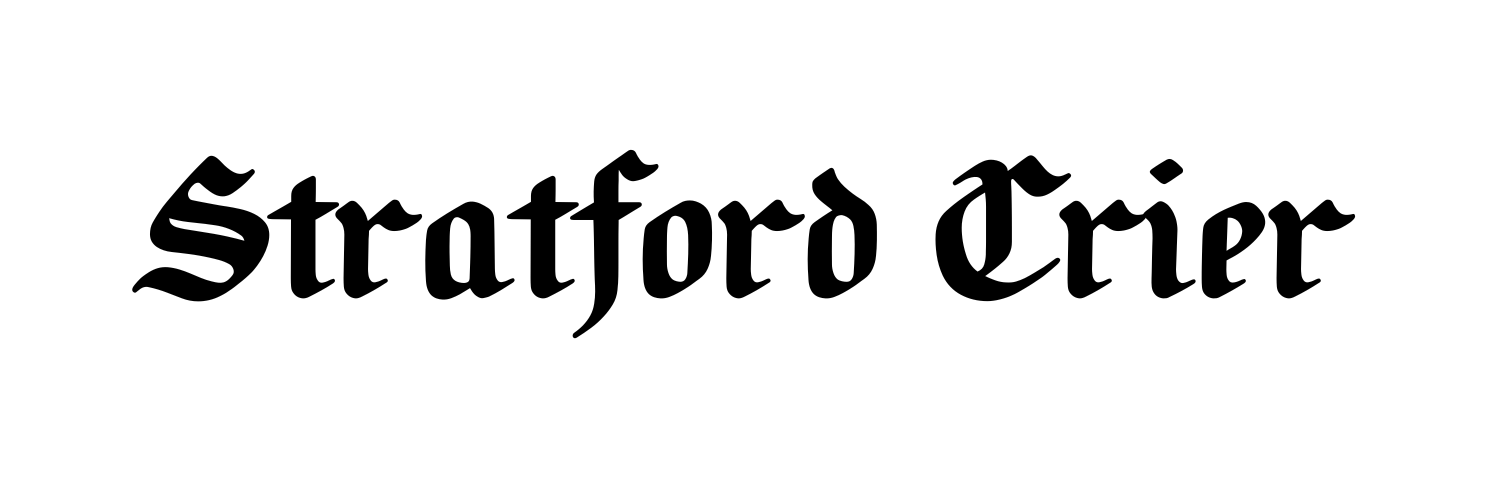A Month Long Tribute to Known, and Not so Known Women
Elizebeth Friedman Source: Brain Pickings and was published September 6, 2018.
Lise Meitner Source: Alina Bradford, Contributing writer Live Science March 29, 2018.
History
Did You Know? Women’s History Month started as Women’s History Week. Women’s History Month began as a local celebration in Santa Rosa, California. The Education Task Force of the Sonoma County (California) Commission on the Status of Women planned and executed a “Women’s History Week” celebration in 1978. The organizers selected the week of March 8 to correspond with International Women’s Day. The movement spread across the country as other communities initiated their own Women’s History Week celebrations the following year.
In 1980, a consortium of women’s groups and historians—led by the National Women’s History Project (now the National Women’s History Alliance)—successfully lobbied for national recognition. In February 1980, President Jimmy Carter issued the first Presidential Proclamation declaring the Week of March 8th 1980 as National Women’s History Week. Subsequent Presidents continued to proclaim a National Women’s History Week in March until 1987 when Congress passed Public Law 100-9, designating March as “Women’s History Month.” Between 1988 and 1994, Congress passed additional resolutions requesting and authorizing the President to proclaim March of each year as Women’s History Month. Since 1995, each president has issued an annual proclamations designating the month of March as “Women’s History Month.”
Women’s History Month is a dedicated month to reflect on the often-overlooked contributions of women to United States history. From Abigail Adams to Susan B. Anthony, Sojourner Truth to Rosa Parks, the timeline of women’s history milestones stretches back to the founding of the United States.
Everyone knows their names – but let’s look at other women who have contributed and are not as celebrated but who’s contributions have made a difference.
Let’s start with Women in Science:
The Untold Story of Cryptography Pioneer Elizebeth Friedman, an unsung heroine established a new field of science and helped defeat the Nazis with pencil, paper, and perseverance.
Elizbeth Friedman
While computing pioneer Alan Turing was breaking Nazi communication in England, eleven thousand women, unbeknownst to their contemporaries and to most of us who constitute their posterity, were breaking enemy code in America — unsung heroines who helped defeat the Nazis and win WWII. American cryptography pioneer Elizebeth Friedman (August 26, 1892–October 31, 1980). Friedman triumphed over at least three Enigma machines and cracked dozens of different radio circuits to decipher more than four thousand Nazi messages that saved innumerable lives, only to have J. Edgar Hoover and the FBI take credit for her invisible, instrumental work. .FBI director J. Edgar Hoover, who was unconstrained by the secrecy oaths Elizebeth and the other women had taken and unscrupulous about manipulating the press and the public, undertook an effort to erase her from history, and take credit for her work.
The youngest of nine children raised in a modest Quaker home, Elizebeth was born in an era when fewer than four percent of American women graduated from college. Four years after earning her degree in Greek and English literature, she still felt like “a quivering, keenly alive, restless, mental question mark.” The following year, 1916, she began her improbable career at Riverbank Laboratories —where the billionaire had hired Elizebeth to work on the cipher at the heart of a literary conspiracy theory claiming that Francis Bacon was the true author of Shakespeare’s works
The savaging of Nazis, the birth of a science: It begins on the day when a twenty-three- year-old American woman decides to trust her doubt and dig with her own mind. All her life she had celebrated the improbable bigness of language, the long-lunged galaxy that exploded out from the small dense point of the alphabet, the twenty-six humble letters.
In college she trained herself to hear the rhythms of playwrights and poets, the syllables that slip from the tongue in patterns. Elizebeth began working for the U.S. Coast Guard Intelligence Division, intercepting and deciphering the encrypted radio messages by which international and domestic smuggling operated. She fused her literary passion with formidable logic to do work hardly anyone else in the country knew how to do — work that didn’t yet have a proper name
By the time the war engulfed the world, Elizebeth Friedman was America’s foremost mind decrypting Nazi communication, using the weapons she had always wielded with uncommon skill: pencil, paper, and perseverance. She was the most famous codebreaker in the world, more famous even than Herbert Yardley, the impresario of the American Black Chamber. And she was more famous than her husband, too — a reversal from the longstanding pattern.
Despite her formative contribution to cryptography as an instrument of military intelligence and the genius with which she operated the instrument to save incalculable lives, Elizebeth Friedman received no public recognition for her work in her lifetime. Part of it, no doubt, was due to the classified nature of the work — even Alan Turing, after all, died a tragic hero murdered by the very government he had served, his compatriots unaware of the millions of lives he had saved.
But a big part of it, too, has to do with the long history of women in science being denied recognition for their landmark work — from Lise Meitner and the discovery of fission to Jocelyn Bell Burnell and the detection of pulsars to Vera Rubin and the confirmation of dark matter.
Lise Meitner
Lise Meitner was a pioneering physicist who studied radioactivity and nuclear physics. She was part of a team that discovered nuclear fission — a term she coined — but she was overlooked in 1945 when her colleague, Otto Hahn, was awarded the Nobel Prize in Chemistry. She has been called the “mother of the atomic bomb,” even though she did not directly have anything to do with its development. Element No. 109, meitnerium, was named in her honor.
Lise Meitner was born on November 7, 1878, in Vienna. Because of Austrian restrictions on female education, Meitner wasn’t allowed to attend college; however, her family could afford private education, which she completed in 1901. She went on to graduate school at the University of Vienna. Inspired by her teacher, physicist Ludwig Boltzmann, she studied physics and focused her research on radioactivity. She became the second woman to receive a doctorate degree at the university in 1905.
Shortly thereafter, physicist Max Planck allowed her to sit in on his lectures — a rare gesture for him; he had rejected any women wanting to attend his lectures. Meitner later became Planck’s assistant. She also worked with Hahn, and together they discovered several isotopes.
Meitner and Hahn were research partners for around 30 years. In 1938, after Germany annexed Austria, Vienna-born Meitner fled Nazi Germany and moved to Sweden, where it was safer for the Jewish people like herself, even though she was a practicing Protestant. She found herself at the Manne Siegbahn’s institute in Stockholm. Ruth Lewin Sime later wrote in her book, “Lise Meitner: A Life in Physics,” “Neither were asked to join Siegbahn’s group nor given the resources to form their own, she had laboratory space but no collaborators, equipment, or technical support, not even her own set of keys to the workshops and laboratories.” Meitner was considered separate “from the institute’s own personnel” instead of the brilliant scientist she was. It is believed that Siegbahn’s prejudice against women in science played a large part in her treatment.
On November 13, 1938, Hahn met secretly with Meitner in Copenhagen, according to Sime. She suggested that Hahn and Strassmann perform further tests on a uranium product they suspected was radium. The substance was actually barium, and they published their results in the journal Naturwissenschaften in January 6, 1939.
At the same time, Meitner joined forces with her nephew Otto Frisch, and in January 1939, they came up with the term “fission.” Fission is when an atom separates and creates energy. They also explained the process in a paper that was published in the journal Nature on February 11, 1939
“It was Lise Meitner who explained these experiments as splitting atoms. When this paper appeared, all the leading physicists at the time immediately realized, here was a source of great destructive energy,” said Ronald K. Smeltzer, a curator of the Grolier exhibition, a look at extraordinary women in science.
The report alarmed those leading physicists. Albert Einstein was persuaded to write a letter to President Franklin Roosevelt warning him of the destructive potential. This effort eventually led to the establishment of the Manhattan Project.
Meitner turned down an offer to work on the development of the atomic bomb, according to Sime. Nevertheless, after World War II she was dubbed “the mother of the atomic bomb,” even though she had nothing directly to do with the bomb.
In 1966, all of the collaborators, Hahn, Strassmann and Meitner, were awarded the U.S. Fermi Prize for their work. Meitner retired to England in 1960 and died October 27, 1968, in Cambridge, England.

